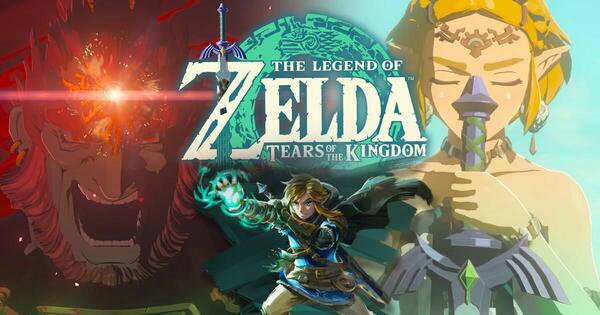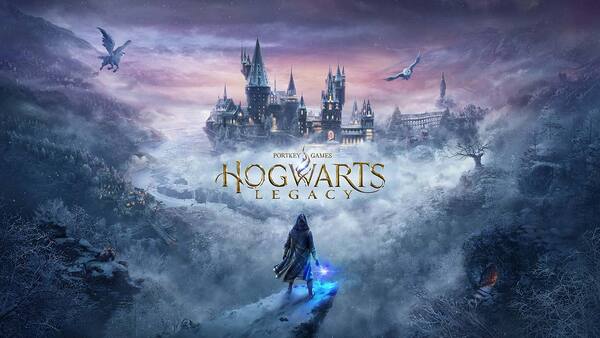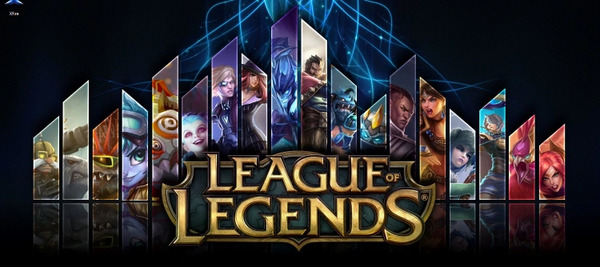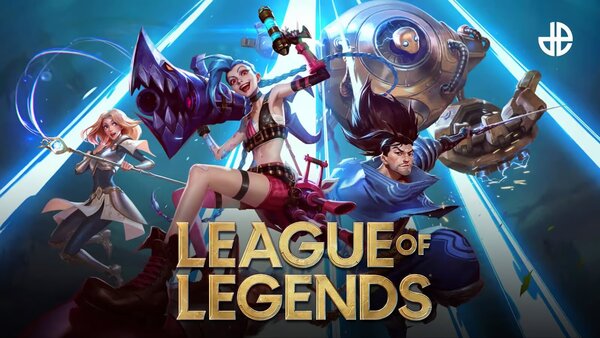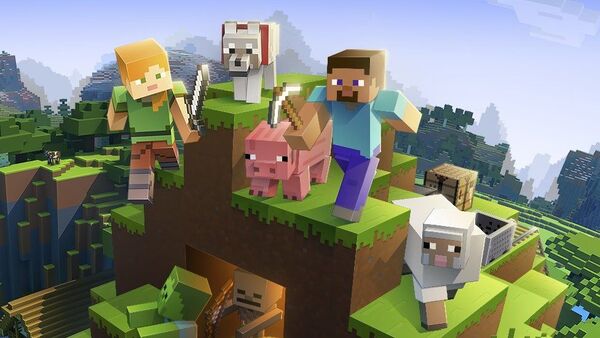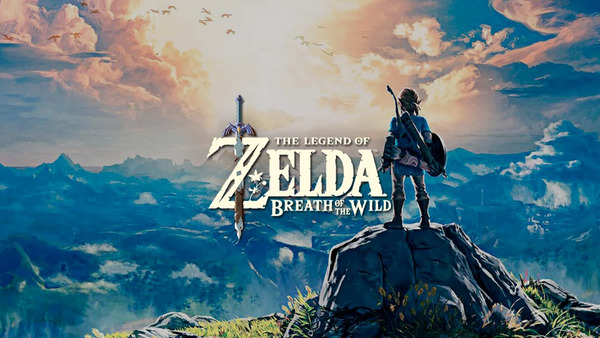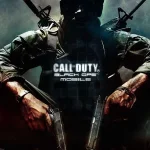League of Legends, often referred to simply as LoL, is one of the most significant video games in the history of esports and online multiplayer gaming. Launched by Riot Games in 2009, it transformed the multiplayer online battle arena (MOBA) genre and built a massive global player base. Over the years, it has evolved through continuous updates, expanding lore, and a thriving competitive scene. This article provides an in-depth exploration of League of Legends, tracing its origins, development, cultural impact, and future prospects through a structured timeline and thematic focus.
-
The Birth of League of Legends: Origins and Initial Release
League of Legends was born out of the vision of Brandon Beck and Marc Merrill, co-founders of Riot Games, who were inspired by Defense of the Ancients, a popular Warcraft III custom map. Their goal was to create a standalone MOBA game that was accessible yet rich in strategy. On October 27, 2009, Riot released League of Legends to the public, featuring a modest roster of champions and the iconic Summoner’s Rift map.
The game’s free-to-play model, supported by cosmetic microtransactions, was innovative at the time and helped the game reach a broad audience quickly. Early adoption by competitive players set the stage for the game’s later rise in the esports world. Riot’s commitment to frequent updates and community involvement also helped establish a loyal player base.
-
Establishing the Competitive Framework: Early Ranked Play and Roles
Shortly after launch, Riot introduced ranked matchmaking, enabling players to test their skills and climb competitive ladders. This was a key step in building a structured competitive environment. The traditional five-player team composition settled into defined roles: top laner, jungler, mid laner, attack damage carry (ADC), and support.
These roles created a strategic depth where each player had a unique responsibility, encouraging team synergy and coordination. The early meta—how the game was optimally played—began to form, driven largely by player experimentation and Riot’s balancing patches. This period laid the foundation for the complex, strategic gameplay that would become League’s hallmark.
-
Expanding Reach: Regional Servers and the First World Championship
As League’s popularity grew, Riot expanded its infrastructure to serve global audiences by opening servers in Europe, Korea, China, and Latin America. This worldwide reach brought diverse player communities and styles to the game.
In 2011, Riot hosted the first official League of Legends World Championship in Sweden, with a prize pool of $100,000. Although modest by today’s standards, this event marked the beginning of a new era. The tournament helped legitimize esports and showcased the game’s potential as a spectator sport, attracting growing audiences worldwide.
-
The Rise of Esports: Professionalization and Global Viewership
From 2013 onward, League of Legends firmly established itself as a global esports powerhouse. The World Championship events grew dramatically, with the 2013 finals in Los Angeles drawing over 30 million viewers worldwide. Teams from South Korea, China, Europe, and North America competed fiercely, with players like Faker becoming international legends.
Riot Games invested heavily in creating franchised regional leagues like the North American LCS and European LEC. These leagues provided stability, professionalism, and significant prize pools, making esports a viable career path for players. Enhanced production values and live event experiences also boosted the game’s spectator appeal.
-
Gameplay Evolution: Champion Expansion and Meta Shifts
League of Legends’ champion roster has expanded from under 50 at launch to over 160 today, each with unique abilities and mechanics. Riot has regularly introduced new champions while reworking older ones to maintain balance and freshness.
The meta evolves with each patch, reflecting changes in champion strength, item updates, and player strategies. This fluidity keeps the gameplay dynamic and competitive. Features such as vision control, jungle mechanics, and objective prioritization have deepened strategic possibilities, rewarding teamwork and adaptability.
-
Building Runeterra: Lore and World-Building
A defining characteristic of League of Legends is its expansive fictional universe, Runeterra. Riot has developed rich lore that gives champions personalities, histories, and motivations, dividing the world into regions like Demacia, Noxus, Ionia, and the Shadow Isles.
Riot extended this narrative beyond the game through comics, short films, and the critically acclaimed Netflix series Arcane. These storytelling efforts have broadened the game’s appeal, creating emotional connections for players and attracting new fans who may not play the game itself.
-
Community and Content Creation: A Collaborative Ecosystem
The League of Legends community is highly engaged, creating fan art, gameplay guides, cosplay, and streaming content. Popular streamers and content creators have played a significant role in popularizing the game and educating new players.
Riot fosters this ecosystem by hosting community events, spotlighting creators, and offering tools for sharing gameplay highlights. This synergy between developers and players has helped maintain a vibrant, loyal player base and keeps the community active and creative.
-
Monetization and Player Experience: Cosmetic Focused Model
League of Legends utilizes a free-to-play business model where all champions are accessible without payment, and revenue is generated through the sale of cosmetic items such as skins, ward skins, and emotes. These do not affect gameplay, ensuring a level playing field.
This ethical monetization strategy has become a model for many games, providing financial sustainability for Riot while avoiding pay-to-win controversies. Riot regularly releases new cosmetics tied to events, lore, and esports to engage players.
-
Challenges and Criticisms: Toxicity, Learning Curve, and Balancing
Despite its success, League of Legends faces several challenges. Toxic behavior, including verbal abuse and griefing, has been a persistent issue. Riot has implemented reporting systems, chat restrictions, and honor rewards to encourage positive conduct, but it remains a work in progress.
The game’s complexity and steep learning curve can deter new players. Efforts to improve tutorials and onboarding are ongoing. Balancing a large roster is difficult, and meta dominance by certain champions or strategies sometimes leads to frustration among players seeking variety.
-
The Future of League of Legends: Innovation and Expansion
Looking ahead, Riot is broadening the League ecosystem with games like Teamfight Tactics and Wild Rift, a mobile and console adaptation of League. These projects aim to attract new audiences and provide fresh gameplay experiences.
Technological advances such as AI-assisted coaching, enhanced spectator tools, and better matchmaking algorithms promise to improve both player experience and esports broadcasting. Riot’s continued investment in storytelling and community engagement signals that League of Legends will remain a key player in gaming for years to come.
Conclusion
League of Legends has transformed the gaming world through its innovative design, competitive depth, and cultural reach. From a small team’s vision inspired by a Warcraft III mod, it has become a global sensation shaping esports and online gaming communities. While it faces challenges like toxicity and complexity, Riot Games’ commitment to continuous improvement and community involvement ensures its longevity. As League of Legends continues to evolve, its impact on the gaming industry and player culture remains profound and far-reaching.





















